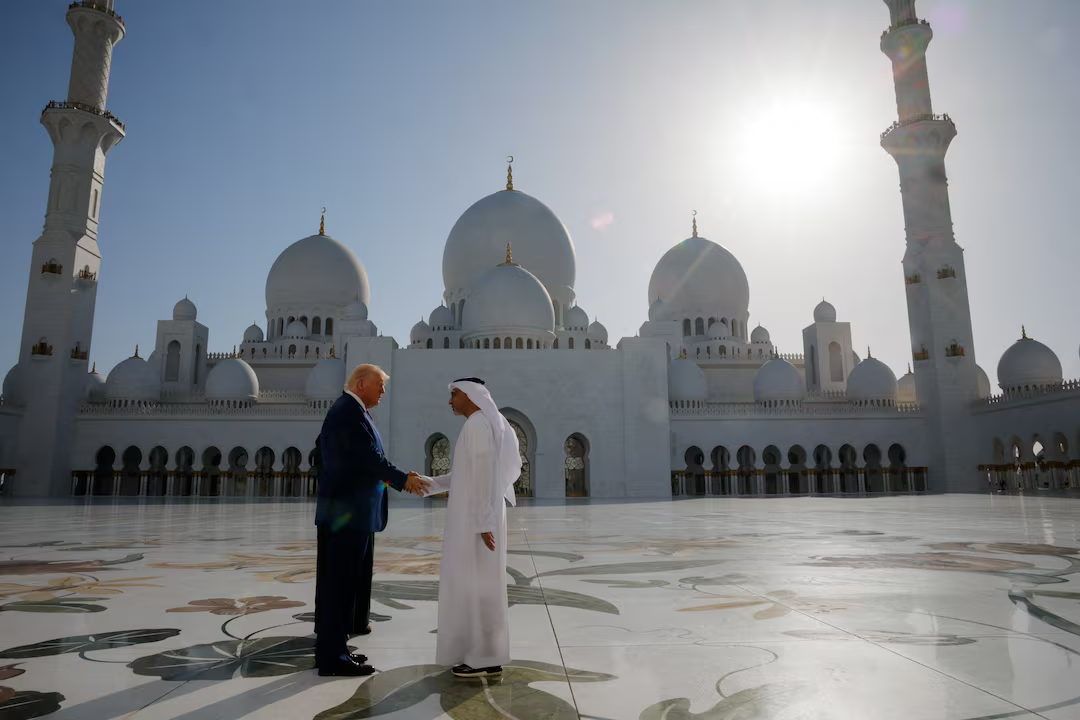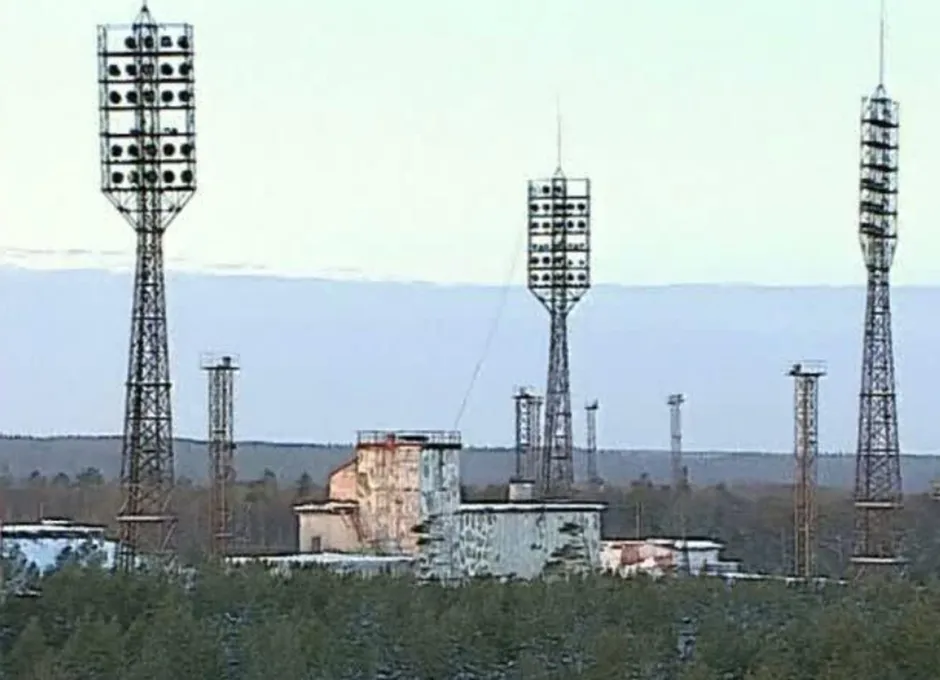On May 15, 2025, U.S. President Donald Trump arrived in the United Arab Emirates (UAE) as part of his Gulf tour, aiming to bolster cooperation in artificial intelligence (AI) and solidify strategic partnerships in the region. This visit follows significant developments in Qatar, where Trump announced a $10 billion investment by Doha into the Al Udeid Air Base and $42 billion in defense contracts, including a substantial order of Boeing aircraft.
In Abu Dhabi, Trump was received by UAE President Sheikh Mohamed bin Zayed Al Nahyan. The two leaders visited the Sheikh Zayed Grand Mosque, symbolizing the deepening ties between the nations.
A focal point of the visit was the advancement of AI collaboration. The U.S. and UAE finalized a technology framework agreement, allowing the UAE to import 500,000 of Nvidia’s advanced AI chips annually starting in 2025. This move aligns with the UAE’s ambition to become a global AI hub and reflects a shift in U.S. policy to support allies in AI development while maintaining technology security.
The agreement also includes provisions for Emirati tech firm G42 to receive 100,000 chips annually, with the remainder allocated to U.S. companies like Microsoft and Oracle, which plan to build data centers in the UAE. This collaboration underscores the strategic importance of AI technology in global geopolitical alliances.
Trump’s visit to the UAE, following his engagements in Saudi Arabia and Qatar, signifies a concerted effort to strengthen U.S. alliances in the Gulf region, particularly in emerging technologies. These developments are poised to reshape the geopolitical landscape, positioning the Gulf as a significant player in the global AI race alongside the U.S. and China.
As the UAE continues to invest heavily in AI and align more closely with U.S. standards, this partnership marks a pivotal moment in the pursuit of technological advancement and strategic cooperation in the Middle East.
Source: Reuters



